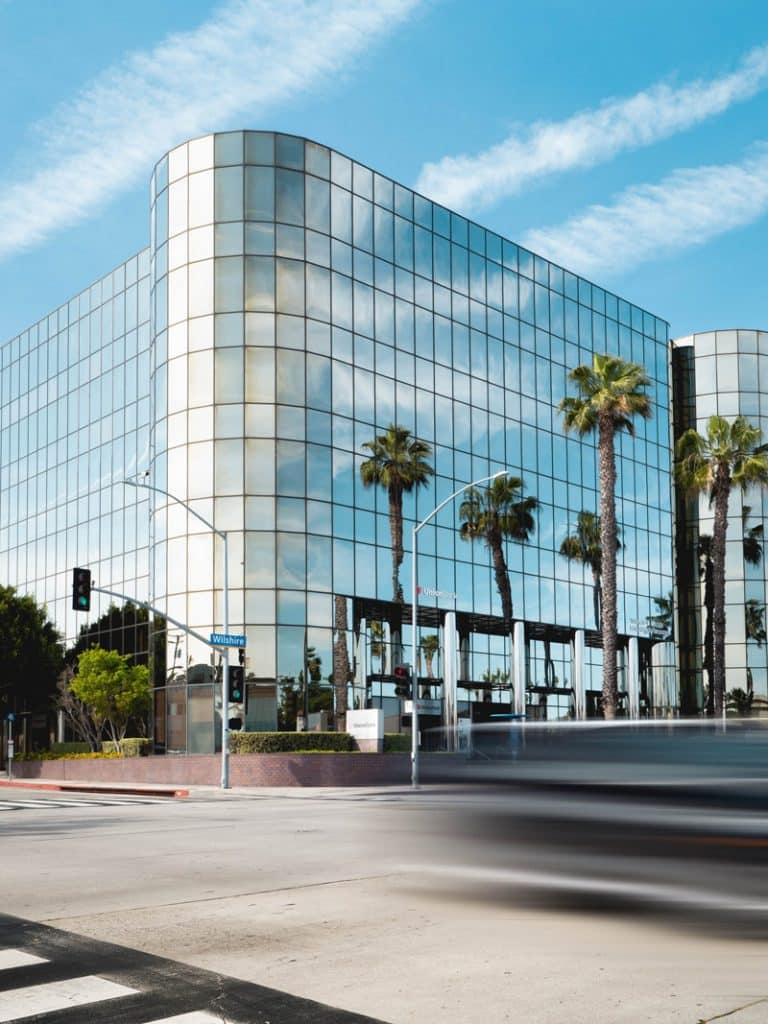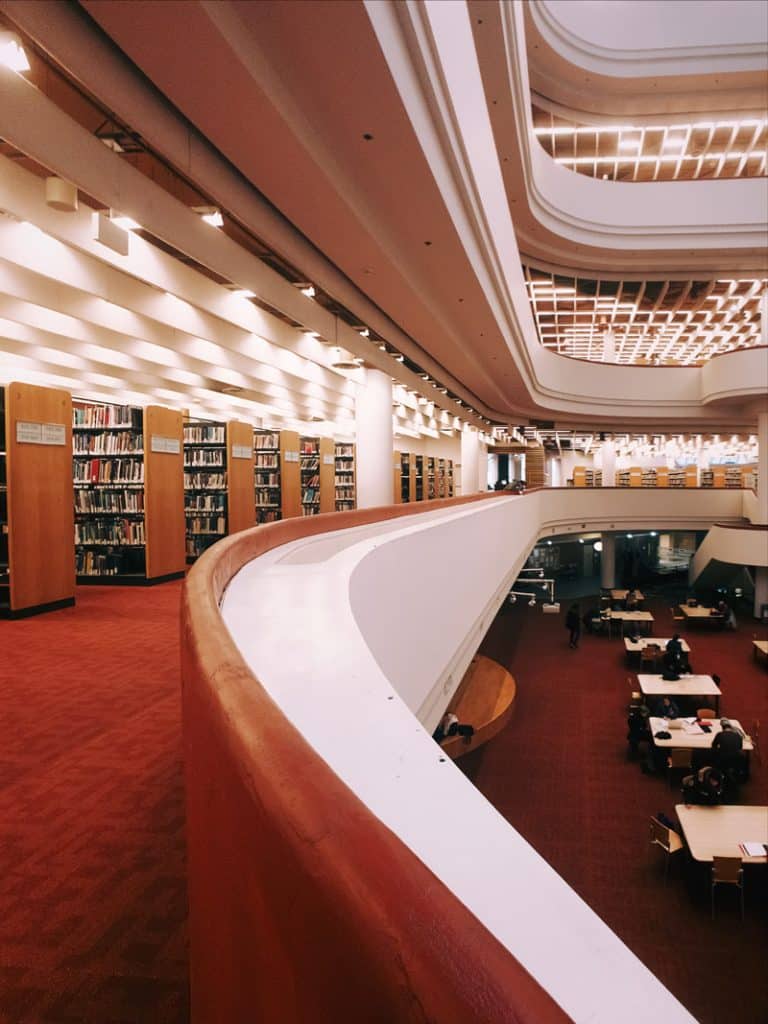Section 179D
Energy Efficiency Commercial Building Tax Deduction

Background
179D is a section of the Internal Revenue Service tax code that allows a deduction of up to $5.65 per square foot, with an annual inflation adjustment, for energy-efficient commercial building property systems including HVAC, Hot Water, Interior Lighting, and Building Envelope. Section 179D has been around since 2006 but has been very underutilized by those who have constructed, renovated, or designed energy-efficient buildings. On Dec. 27, 2020, the Consolidated Appropriations Act, 2021, H.R. 133, was signed into law which extended the 179D Tax deduction permanently, which now allows companies to plan around and with 179D.
How It Works
A 179D study requires a certified third-party analysis. IRS-approved energy software is used to model a building’s energy usage and performance against a reference building, according to standards set by ASHRAE 90.1 and California ACM. If the building meets or exceeds the threshold for reduction of energy usage, then the deduction can be taken.
- Want to save even more on your taxes?
What Qualifies for Section 179D?
Energy-efficient construction or improvements that reduce the energy use of a building, specifically the lighting, building envelope, and mechanical systems. For new buildings to qualify, the energy-efficient property must reduce the energy and power costs of a building located in the United States by 25% or more in comparison to the minimum requirements of ASHRAE Standard 90.1. If the building’s energy savings exceed 50%, the provision allows a deduction of up to $5.65 per square foot. Buildings completed before 2023 can receive a deduction of up to $1.88 per square foot, with partial deductions of up to $0.63 per square foot available for each of the three eligible systems:
- Interior Lighting: 25% threshold
- Heating, Ventilation, Air Conditioning, and Hot Water: 15% threshold
- Building Envelope: 10% threshold
What Qualifies for Section 179D?
- Commercial buildings, including warehouses and parking garages
- Multi-family properties with four stories or more
- Government-owned buildings, such as public universities, libraries, etc.
New construction and qualifying retrofit projects may qualify as long as they have been placed into service any time from January 1, 2006, forward. Except for governmental entities, whoever has a cash basis in the property can claim the deduction. This includes tenants if the tenant made the expenditures. If qualifying work was performed on a government or tax-exempt entity owned building, the deduction can be allocated to the primary designer such as an architecture firm, engineering firm, or contractor.

What Type of Items Are Needed for the Study?
Building plans, construction drawing sets, equipment schedules, and information on completion date and cost of the project.
How will Section 179D Affect My Tax Return?
The deduction will directly reduce taxable income. For building owners, the deduction is taken as another deduction titled “other 179D.” Tax form 7205 is used to document the details of the 179D deduction, and Tax form 3115 allows taxpayers who placed qualified buildings in service in past years to take the deduction on current tax returns. This means buildings completed after 2005 could qualify.
Example: A business owner builds a new 25,000 SF warehouse that meets the qualifications to take the 179D deduction. Therefore, a tax deduction of up to $141,250 is taken on the tax return.
179D Commercial Buildings Tax Deduction
Also known as the 179D Energy Policy Act (EPAct) tax deduction, the Commercial Buildings Tax Deduction program incentivizes real estate investors and developers for installing energy-efficient features in commercial new construction, energy rehab, and renovation projects.
First established in 2006, this provision of the U.S. federal tax code was made permanent by the Consolidated Appropriations Act, 2021, H.R. 133, which was signed into law in December 2020. This deduction allows you to claim up to $5.65 per square foot of qualifying properties. With this incentive on the table, developers have a significant financial incentive for incorporating green building technologies into their projects.
How Does the 179D EPAct Tax Deduction Work?
Depending on the type of energy-efficient features you include in your project, you could qualify for a tax deduction of up to $5.65 per square foot.
To qualify for the full deduction, the project must have HVAC equipment, building envelope components, and/or interior lighting installed that reduce the energy consumption and cost of a reference building based on ASHRAE Standard 90.1 minimum requirements.
The Act also provides for an Interim Lighting partial deduction option ($0.30 to $0.63 psf) for energy-efficient interior lighting that reduces lighting power density by 25% to 40%, or 50% for warehouse properties.
Obtaining Certification & Applying for 179D EPAct Deductions
To apply for this tax incentive, you must complete and submit the required documentation and provide the required analysis and certification. Certification must be prepared by a licensed and qualified, non-affiliated party, specifically a licensed contractor or engineer from the jurisdiction in which the building is physically located. The certification preparer must perform field inspections in accordance with National Renewable Energy Laboratory (“NREL”) guidelines and, using authorized software, calculate the energy and power cost savings.
Thanks to the current building standards and codes, many projects qualify for this lucrative tax deduction. To determine whether your project qualifies, contact Cost Segregation Authority today. We provide a no-cost, no-obligation benefits analysis, to determine whether you could be entitled to take advantage of the EPAct deductions.
Contact us now to learn more about how to qualify for a 179D commercial building tax deduction for energy efficiency.
